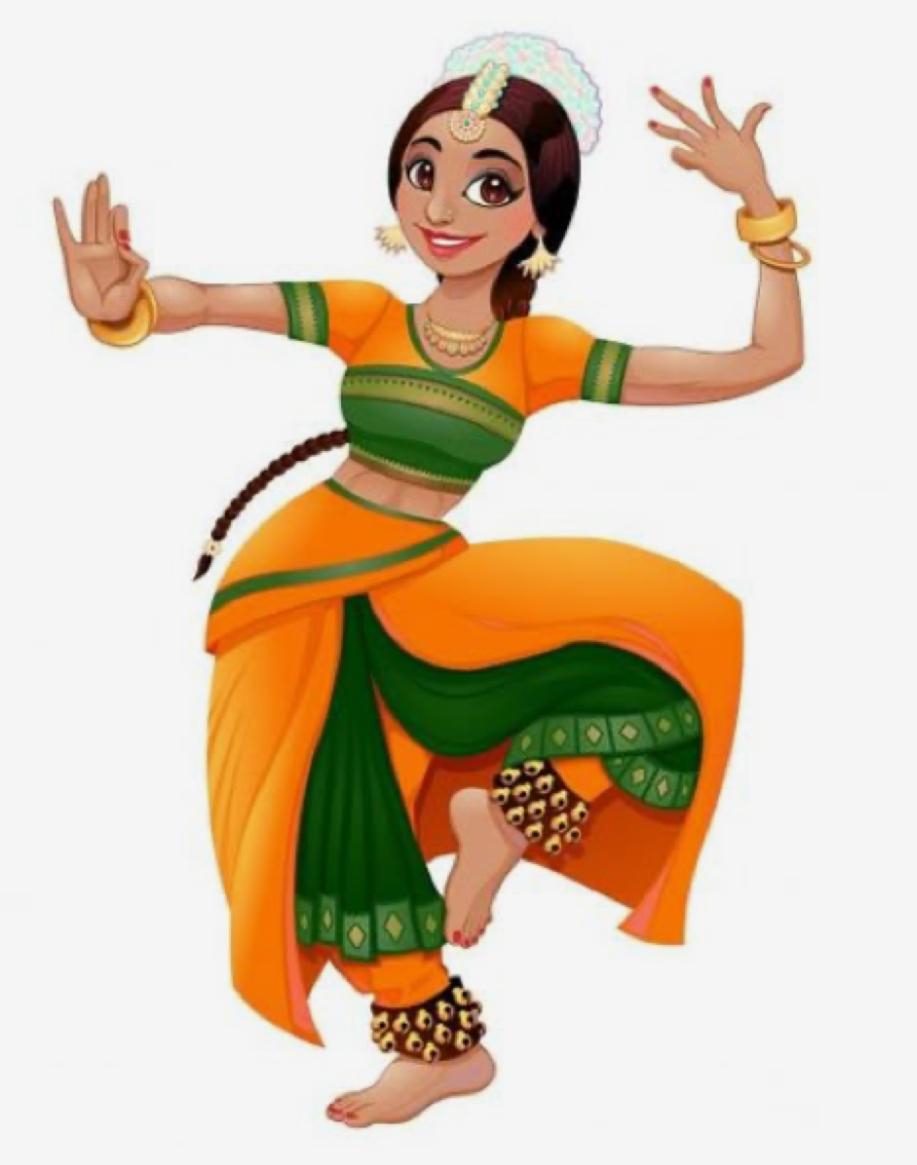Every nation and community carries a part of its identity in its dance traditions. Folk and classical dances preserve history, values, and traditions that have been passed down for centuries. In India, each region celebrates its own style—Garba from Gujarat, Kathak from Uttar Pradesh, Manipuri from the northeast, and Odissi from Odisha—all of which are more than performances; they are stories of faith, love, nature, and heritage.
These cultural dances are not only beautiful to watch but also powerful educational tools. They teach younger generations about customs, festivals, and historical tales. Dance is often a centerpiece of rituals, festivals, and celebrations, making it an inseparable part of social unity. The synchronized steps and rhythmic beats reflect not only artistic skill but also the community spirit of people coming together.
However, globalization and changing lifestyles pose challenges to traditional dance forms. With younger generations often drawn to modern styles, folk and classical dances risk fading into obscurity. Cultural organizations and schools are now playing an important role in reviving these traditions through training programs and stage festivals. Preserving these dances is preserving cultural identity itself.

